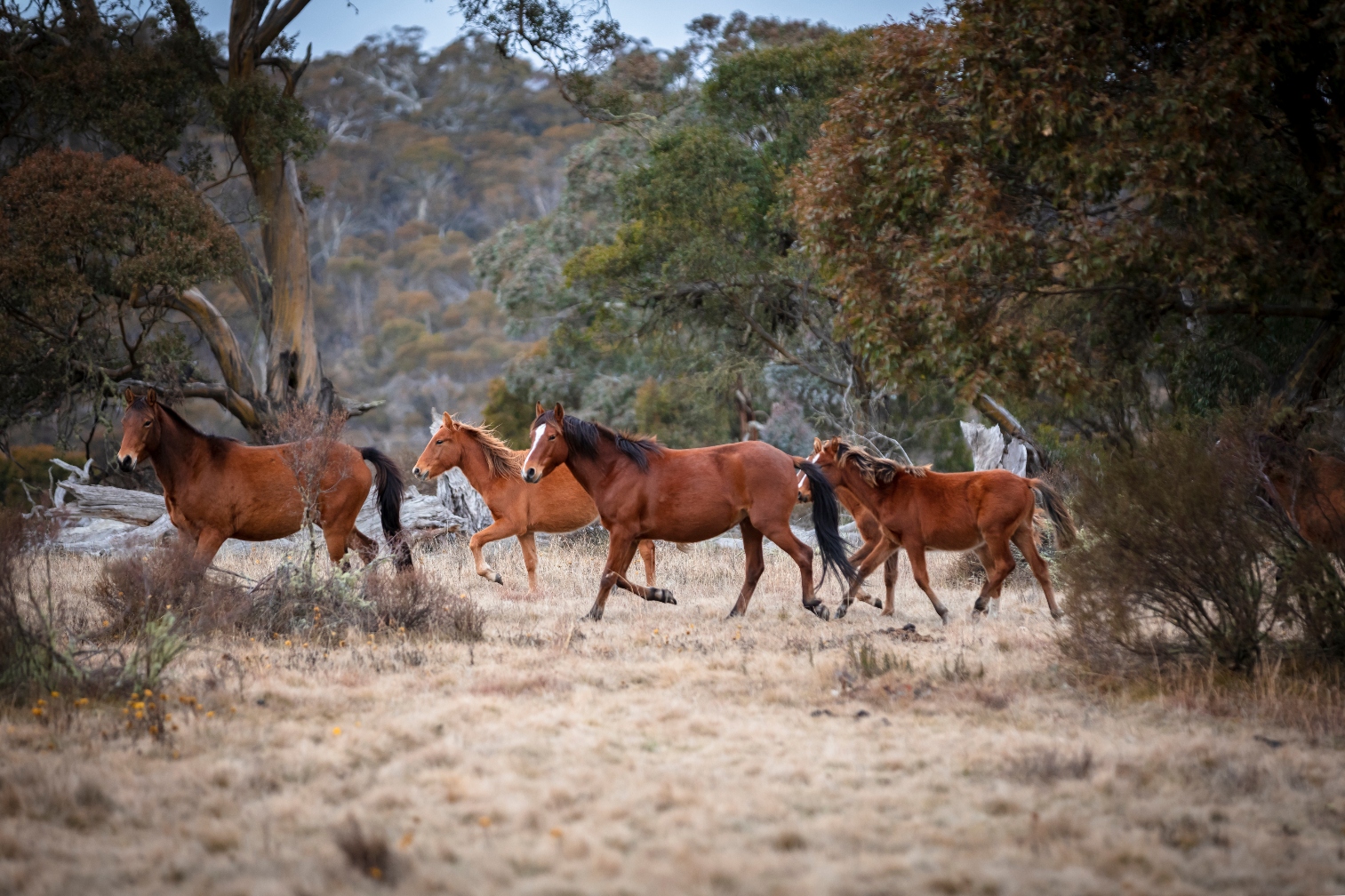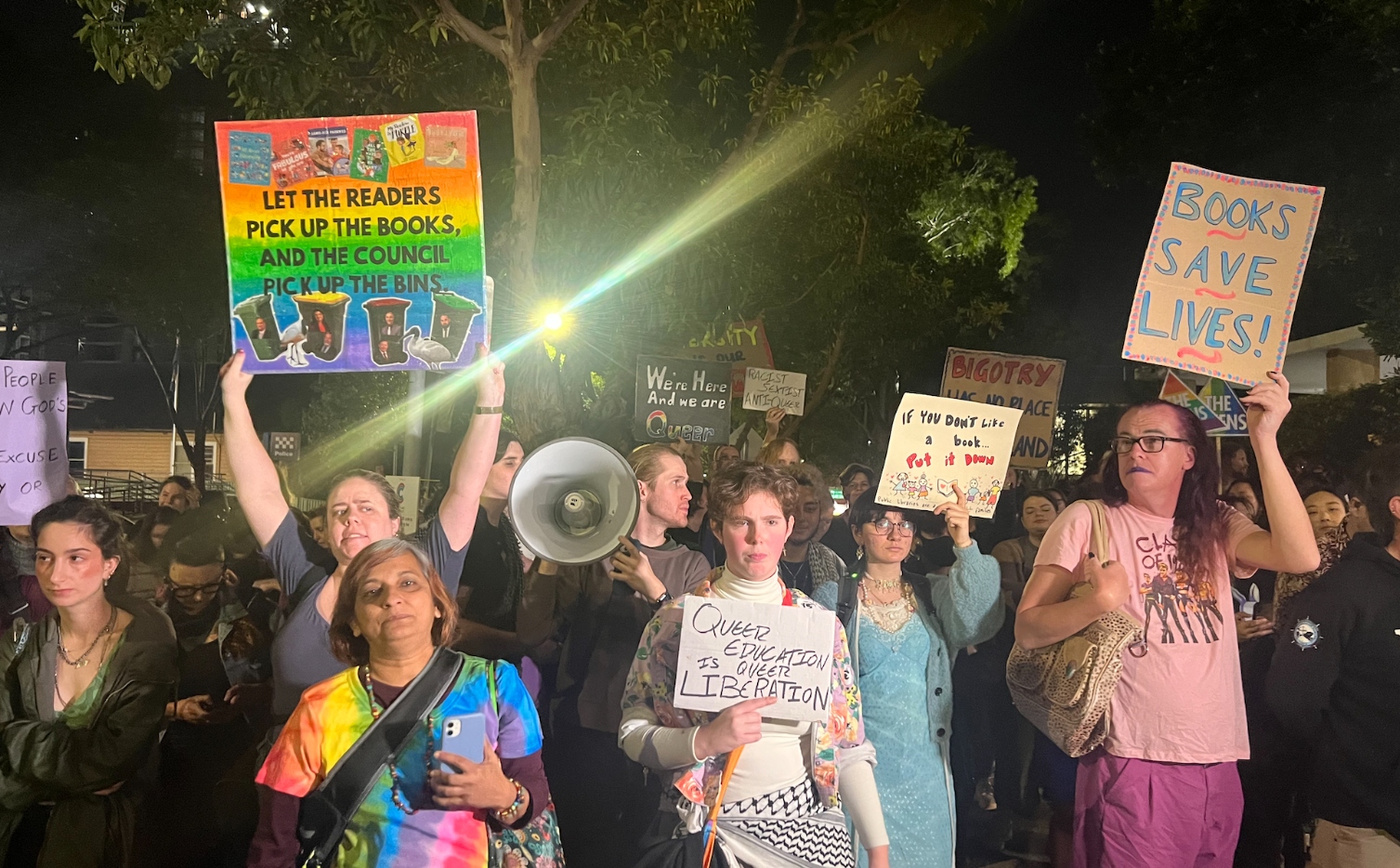

by CHRISTINE LAI
The federal government is initiating a porn passport trial in a bid to safeguard children from explicit online content. This move comes as a response to concerns voiced by Australia’s online safety watchdog to enforce stricter measures on adult websites.
During a recent national cabinet meeting, Prime Minister Anthony Albanese and state leaders emphasised restricting access to pornography and prohibiting the dissemination of artificial intelligence-generated sexual content as key strategies to address issues of violence against women.
Albanese advocated for a zero-tolerance stance regarding glorifying violence towards Australian women. “Young adults should not be coached in disrespect or misogyny by online influencers”, he said in a statement.
Age verification roadmap with child protection measures presented to Australian government
Last year, the eSafety Commissioner compiled a roadmap exploring alternative approaches to implement an age verification system in Australia.
This initiative explored new technologies designed to allow users to access pornography without needing to provide personal documents.
Options identified included facial analysis tools, which assess images or videos of users to estimate their age accurately while preserving their privacy. The roadmap also examined the viability of third-party “tokens,” where a provider verifies an individual’s age and issues a token for accessing pornographic websites.
Additionally, digital identity apps were suggested as an age verification method, with the advantage of storing personal information securely on individuals’ phones. QR codes or links could facilitate connectivity with the app, enabling the sharing of age attributes with requesting sites or platforms. Another potential avenue for age verification involves mobile operator age checks.
Findings from the eSafety Commissioner reveal that 75 percent of Australian adolescents aged 16-18 have encountered online pornography.
Almost 40 percent accessed pornography before reaching the age of 13, with nearly 10 percent exposed to it before turning 10.
A 2021 study in the UK analysed the titles of more than 130,000 videos from Pornhub, XHamster, and XVideos and found 12% of videos shown to first-time users on a homepage described sexual activity that constitutes sexual violence.
As of November 2022, Pornhub was the most popular pornography site in Australia and the 14th most visited website from Australia overall.
Labor plans to allocate $6.5 million towards a pilot program mandating age verification, potentially utilising electronic “tokens” also applicable to alcohol delivery and gambling services.
According to Communications Minister Michelle Rowland, digital platforms have a significant influence on culture and social dynamics, perpetuating harmful gender stereotypes.
“The content that digital platforms serve, through algorithms and recommender systems, particularly to young Australians, has an impact in reinforcing harmful and outdated gender norms.”
Head of policy at Digital Rights Watch Samantha Floreani expressed caution regarding rushed digital regulation.
“We simply cannot content-moderate and age-verify our way out of systemic misogyny and violence”.
“Online harms warrant careful policy intervention, but many of the proposals put forward today are riddled with assumptions, underdeveloped thinking, and seem cobbled together in response to the current political moment,” Floreani said.
Understanding pornography consumption and its impact on young Australians
Researchers from the QUT School of Justice conducted a study utilising data from a nationally representative survey of 1,985 Australians aged 15 to 20.
Their study found that pornography consumption is linked to various harmful attitudes and behaviours, including risky sexual behaviours, greater objectification of women, acceptance of rape myths, and sexual coercion and aggression.
The survey reported that 86 per cent of male and 69 per cent of female participants had seen pornography.
“Of those 50.1 per cent of young men and 40.3 per cent of young women reported deliberately seeking pornography the first time they viewed it.
“Almost half the young people who first encountered pornography accidentally stumbled upon it online via searches or pop-ups, suggesting both regulatory and technological measures should be considered to limit minors’ online exposure.”
The Government has announced reforms which will explore strategies to minimise exposure to violent pornography.
Legislation will be introduced in early August to criminalise the online release of private information intended to cause harm; a practice commonly referred to as “doxxing.”









